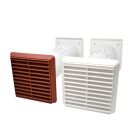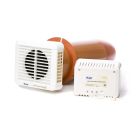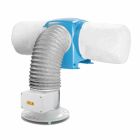Help & Advice Articles, Videos and How-to-Guides
Filter Articles
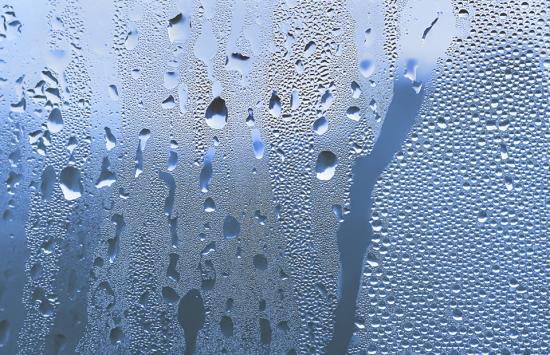
How to Get Rid of Condensation
Condensation in the home can be a serious problem. If left untreated, it can damage wallpaper, fixtures and fittings as well as lead to serious black mould and damp issues.
It doesn't matter what style, shape or size your property is, you may encounter issues and need to know how to get rid of condensation. Here at Permagard, we want you to feel happy, healthy and secure in your home so we have created this guide that details how you can stop condensation.
Understanding the causes of condensation is one of the first steps to stopping it.
What causes condensation?
Condensation occurs when water vapour in the air gets released onto a colder surface. When warm, moist air comes into contact with a cold impermeable surface, it releases some of its moisture as water droplets. This is condensation.
Moisture gets into the air in our homes through everyday activities. These include cooking, washing, showering, drying clothes, and even breathing. With modern insulation and double-glazing, this warm air has limited ways of escaping your property, increasing the humidity.
What is the dew point?
There is a precise point when condensation occurs that is known as the dew point - this is reached when the air is cooled to a specific temperature at which point it releases water.
Condensation is usually a bigger issue in colder months. This is because the warm air in your home holds more moisture than cold air. The surface temperature of your windows and walls is also much lower. Together this means more moisture is deposited onto cold surfaces like windows and outside walls.
It is common for many of us to experience condensation on our windows - see our guide on stopping window condensation to understand how to stamp it out.
Condensation on walls can make the atmosphere of your home feel unwelcoming, especially if it leads to black mould growth. The appearance of black mould is a sign you have a condensation problem or underlying damp issues.
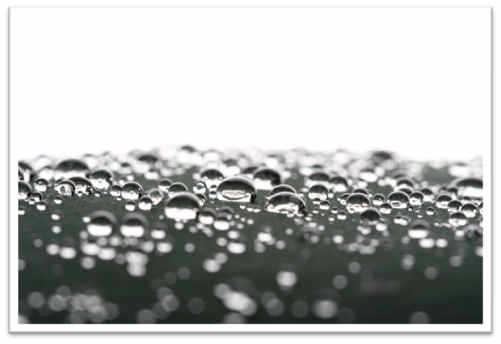
How to stop condensation build-up
Condensation is an inconvenience in many homes, but there are ways to stop or reduce it. Below are a handful of tips to help, from small day-to-day changes to better ventilation.
1. Practical changes to stop condensation
One way to reduce condensation is to release less moisture into the air. Some basic things you can do to reduce the amount of moisture in your home include:
- covering pans when cooking
- taking quicker showers
- avoiding drying your clothes indoors, particularly on radiators
- opening windows, in particular at opposite sides of the house to allow for cross ventilation
- always using an extractor fan (if you have one) when cooking
2. Ventilate your home
Making sure your home is well-ventilated is one of the most important steps you can take to reduce condensation. You want to get rid of moist air and replace it with fresh air. Here are some of the ventilation options for reducing condensation:
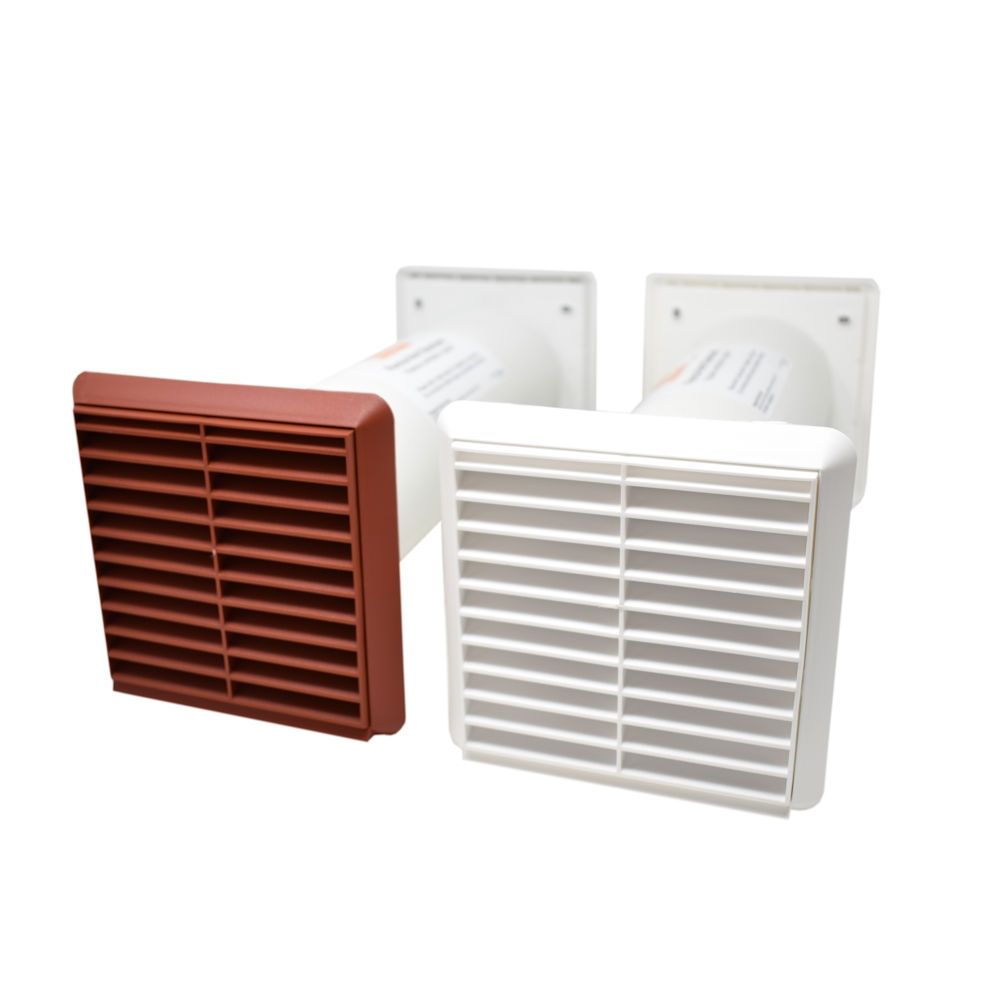
Natural Passive Ventilation
Opening windows or window trickle vents allows moist air to move out of the building, lowering the chance of condensation occurring. However, it's not always practical and is often not sufficient to deal with problem condensation.
Passive ventilation uses natural forces to encourage airflow through your property. These vents contain no moving parts, making them very affordable and easy to maintain. Our Perma-Vent is less than £20 excluding VAT. They are easy and quick to install yourself and will get to work right away in problem areas.
Click the link for more on how to ventilate your house.
Heat recovery ventilation systems
Heat Recovery ventilation systems work by replacing the moist air in your home with filtered, fresh air from outside. They include a heat exchange unit. This unit captures the heat from the warm air in your home as it leaves and uses it to warm the incoming fresh air. This significantly reduces the amount of heat wasted and reduces your energy bills.
The Kair Heat Recovery Ventilation Unit is a highly effective solution for tackling condensation in problem rooms. It recovers up to 86% of heat while improving ventilation, making it ideal for areas like bathrooms or kitchens. Read our guide to installing a Kair unit.
Install a PIV System
Positive input ventilation or PIV systems work by continuously replacing the moist air in your home with fresh, filtered air from outside. They are usually installed in your loft and will provide whole-house ventilation. Condensation in your home should be eradicated.
PIV units such as the Nuaire Drimaster Eco PIV system provide whole house ventilation, introducing fresh filtered air continuously into your home with hall controls. This dilutes and displaces damp stale air, reducing the causes of condensation and improving the air quality in the property. We also stock the Nuaire Drimaster Eco LC for properties with lofts. Nuaire PIV systems are a highly effective and energy efficient option for getting rid of condensation and improving air quality in your home.
You can read about how to effectively ventilate your house in much more detail in our how to guide and find more information about PIV units here.
3. Install humidistat extractor fans
Installing a humidistat extractor fan in areas where you are creating high levels of moisture such as the kitchen and bathroom is an effective way of tackling condensation at source. When you are boiling pans or showering, for example, the humidistat-controlled extractor fan will turn itself on, extracting moist, humid air until a low level of moisture in the air is achieved. With intelligent humidity control and quiet, efficient performance these units are a good option.
4. Maintain a constant temperature
When it comes to stopping condensation, there is one method that is often overlooked - temperature.
When you heat your home, you warm the air, which means it can hold a greater amount of moisture. When warm air in the room dramatically cools at night, the cooler air cannot hold the same volume of moisture, so it is deposited as condensation on cold surfaces like windows and external walls.
By maintaining a consistent temperature in your home, you limit the rapid warming and cooling of air which can result in condensation. It's also important to heat all rooms in your home, even if they are not in regular use. If a room is left unheated, then warm, moist air is more likely to condense in that space, leading to issues.
5. Move your furniture
If furniture stays close to cold surfaces for too long, it prevents air movement in and around that piece of furniture. This can lead to a build-up of condensation and in turn lead to mould growth. Refresh your rooms every so often by changing the arrangement of the furniture. Ensure that sofas and tables, for example, are positioned away from walls to allow freer air movement in and around the furniture, helping prevent condensation and mould.
6. Replace your insulation
When looking to control condensation in your home, it might be worth looking into your insulation. It can help reduce the amount of heat lost from a property and will keep internal temperatures high without the need for artificial heating. Insulation is improving all the time, so it might be worth investing in some new insulation.
As you can see, there are many ways to tackle condensation. How you stop condensation largely depends on your home, budget and the time you have available. It's important to take some measures as left untouched, you will find an increase in damp-related issues around the home, mould growth and general damage to décor. Condensation and mould can make asthma and respiratory illnesses worse as well as lead to other health issues.
Window Condensation
Do you wake up in the morning to find your bedroom windows streaming with condensation? Pools of water on your windowsills and black mould around the frames?
At Permagard, we receive hundreds of calls from people wanting to know how to stop condensation on their windows in winter. The good news is that removing it is easier than you might think. We provide details on dealing with window condensation here.
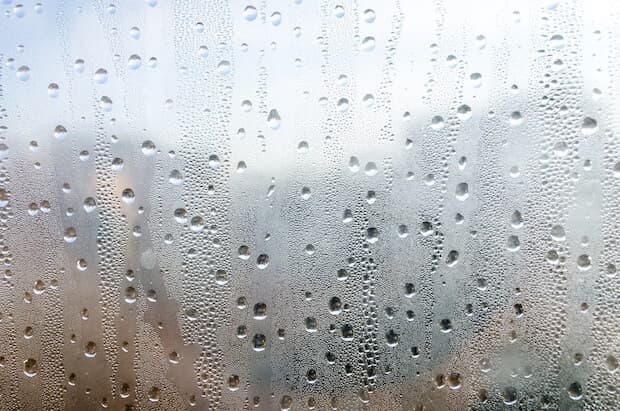
Condensation Treatments from Permagard
As well as following all the above tips, you can buy a number of products and ventilation units from Permagard that will help reduce condensation and remove mould. Browse our Ventilation and Condensation Control and PermaSEAL damp proofing sections of our site for more details on how to tackle condensation. Remember you can also get rid of any black mould using our PermaPROTECT Mould Wash Concentrate.
Permagard – Over 35 Years of Experience in Condensation Control
You should now have a good idea of the best ventilation methods to stop window condensation. You can continue to browse our full range of condensation control products. If you would like more information on stopping condensation and tackling damp issues, please contact us at Permagard today.
The UK government has published guidance on the health risks of damp and mould in the home, which provides a helpful overview for households and landlords alike.

